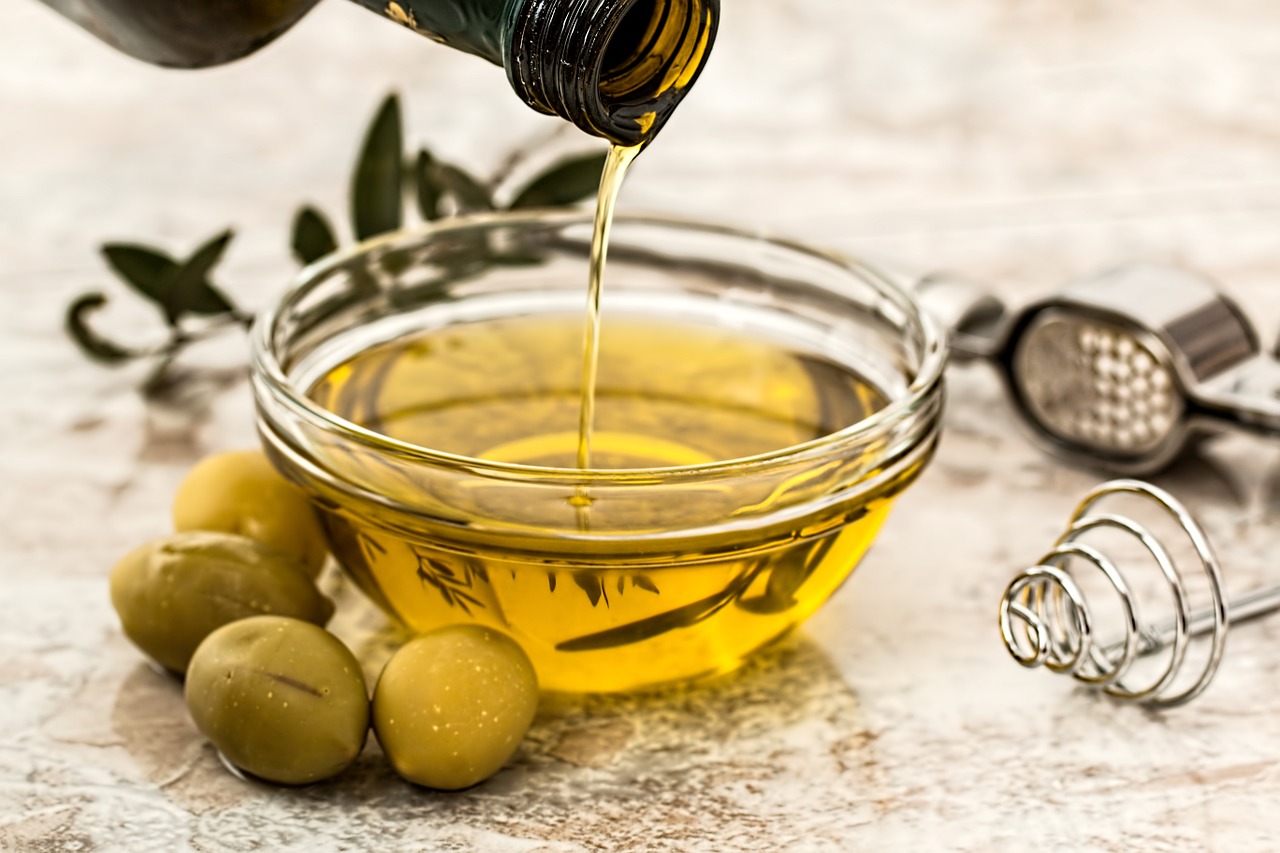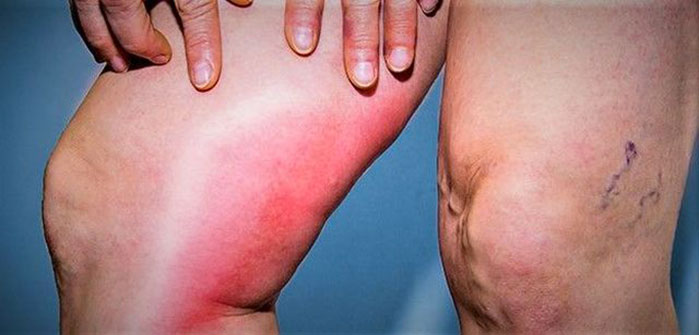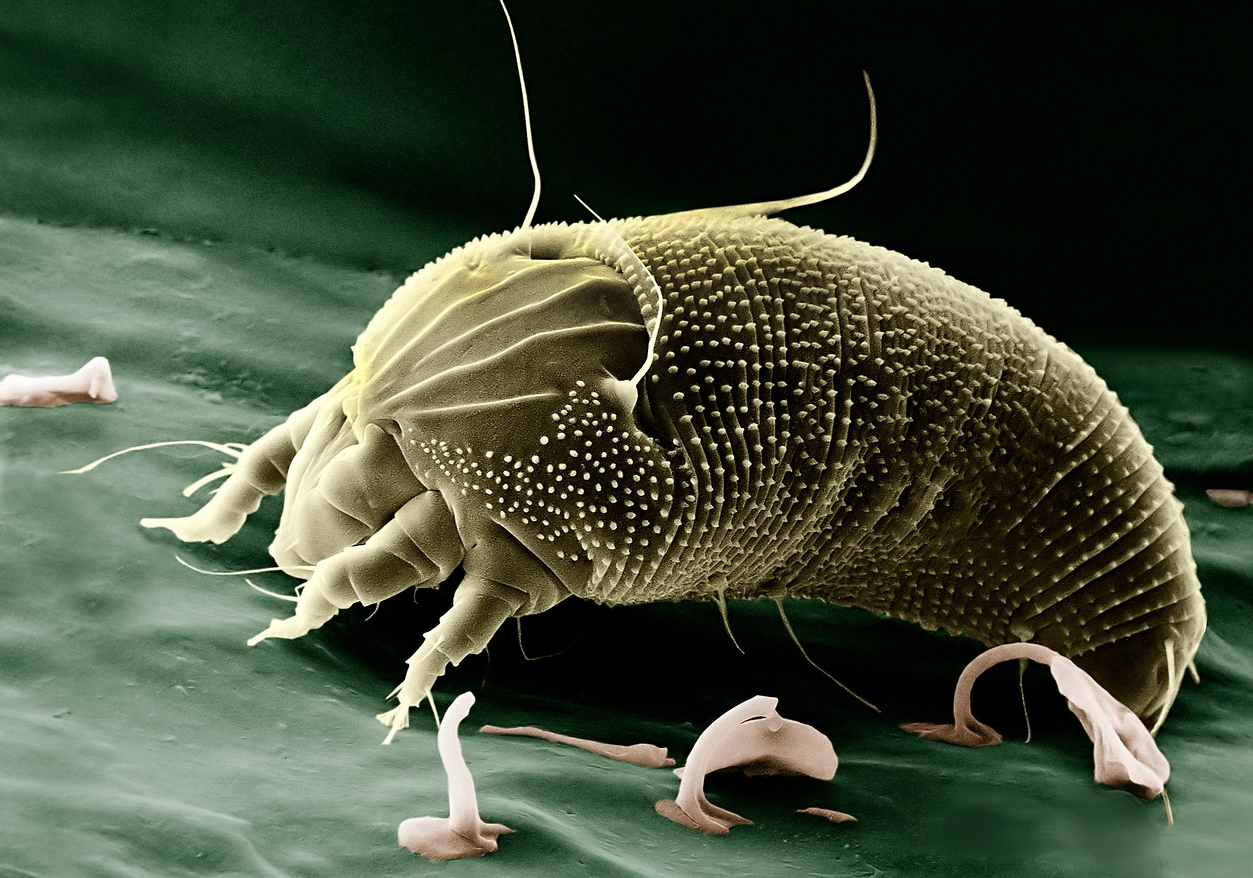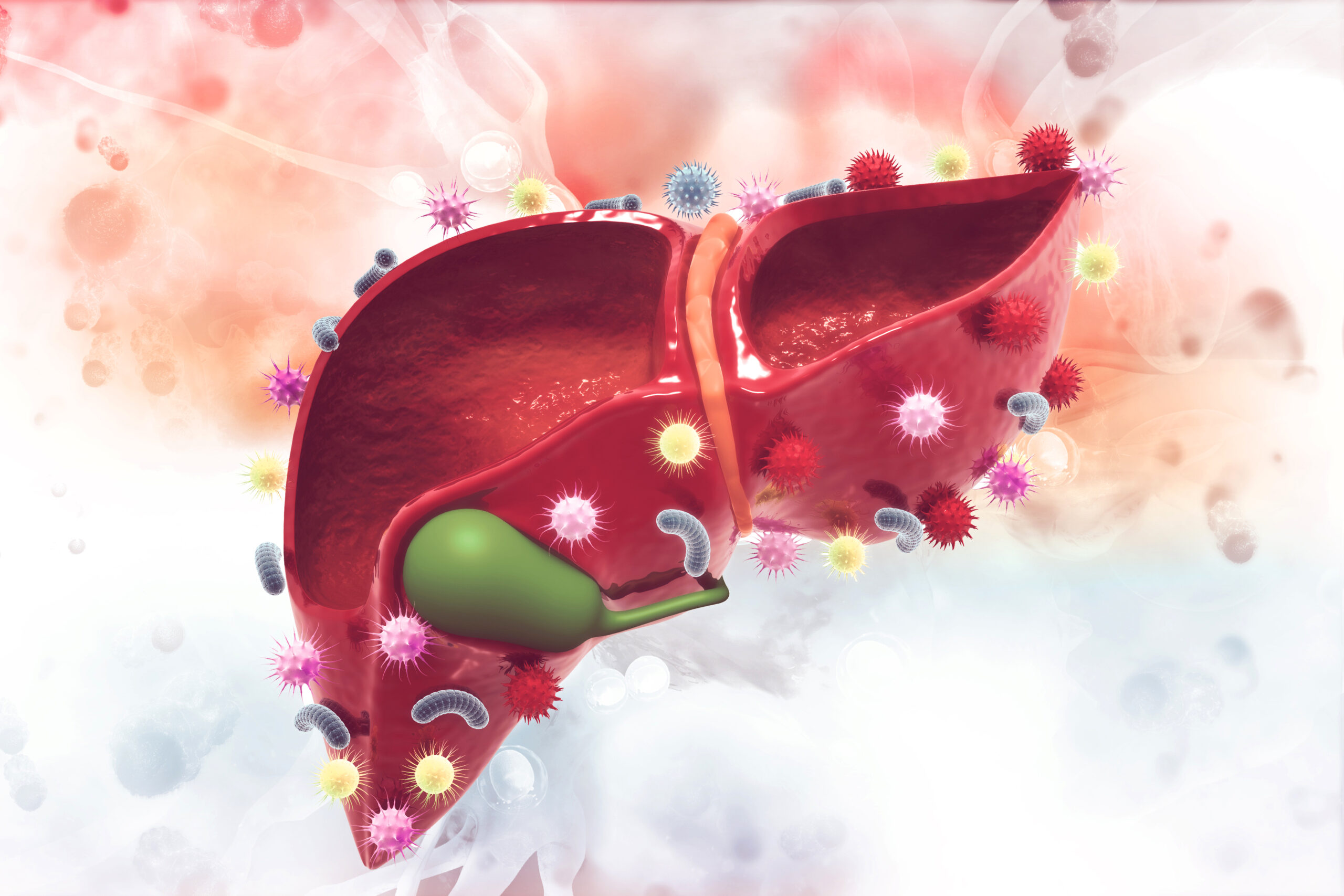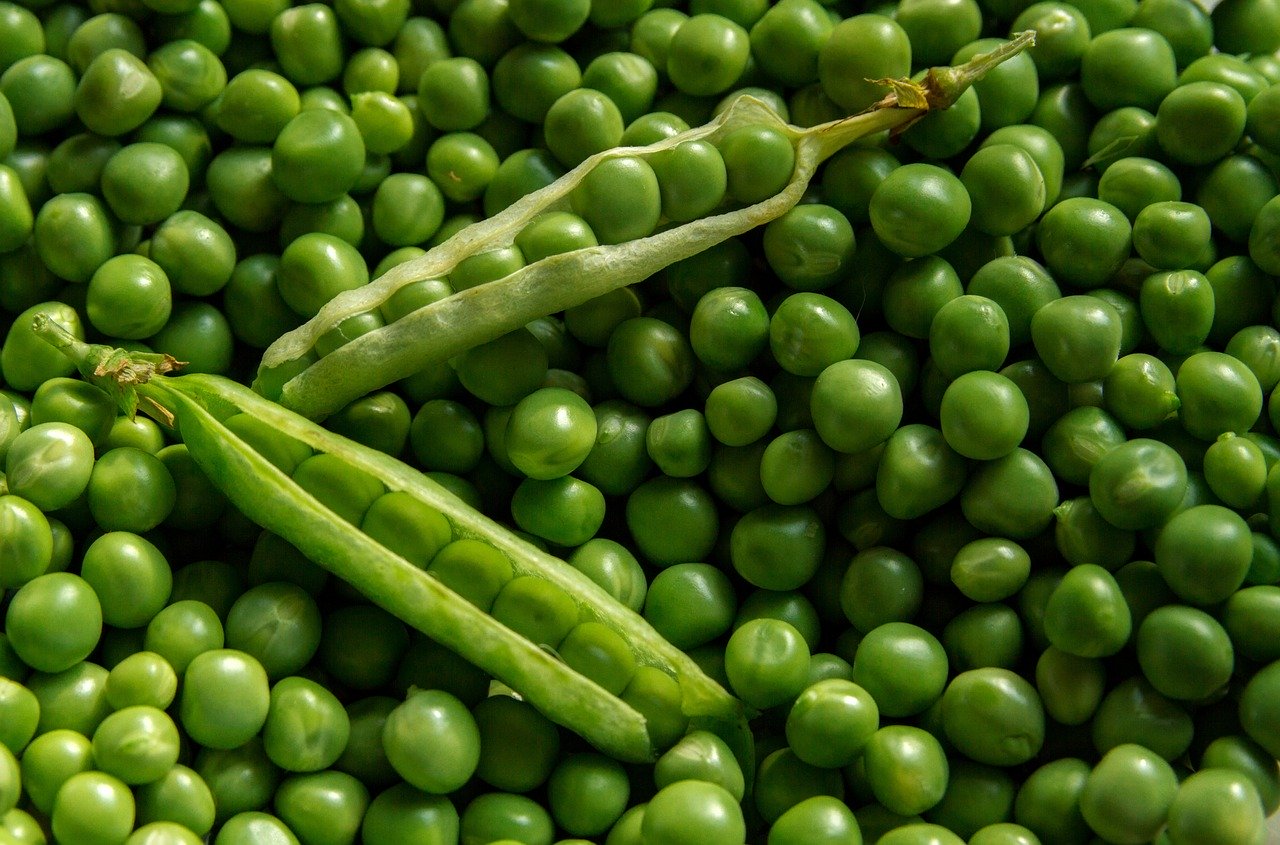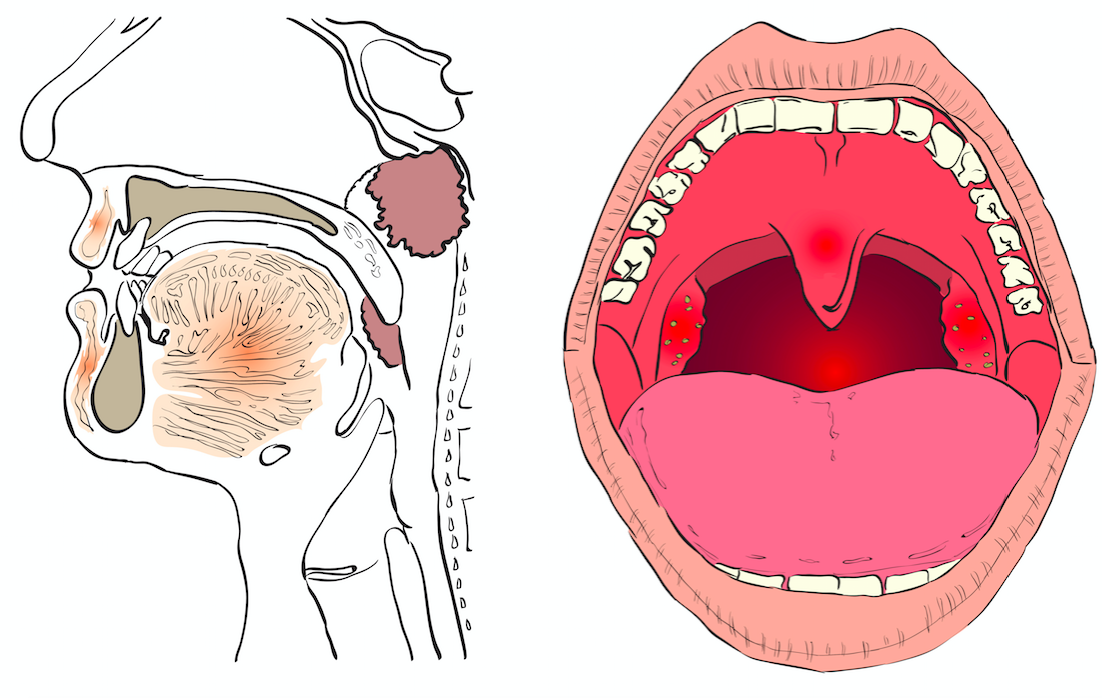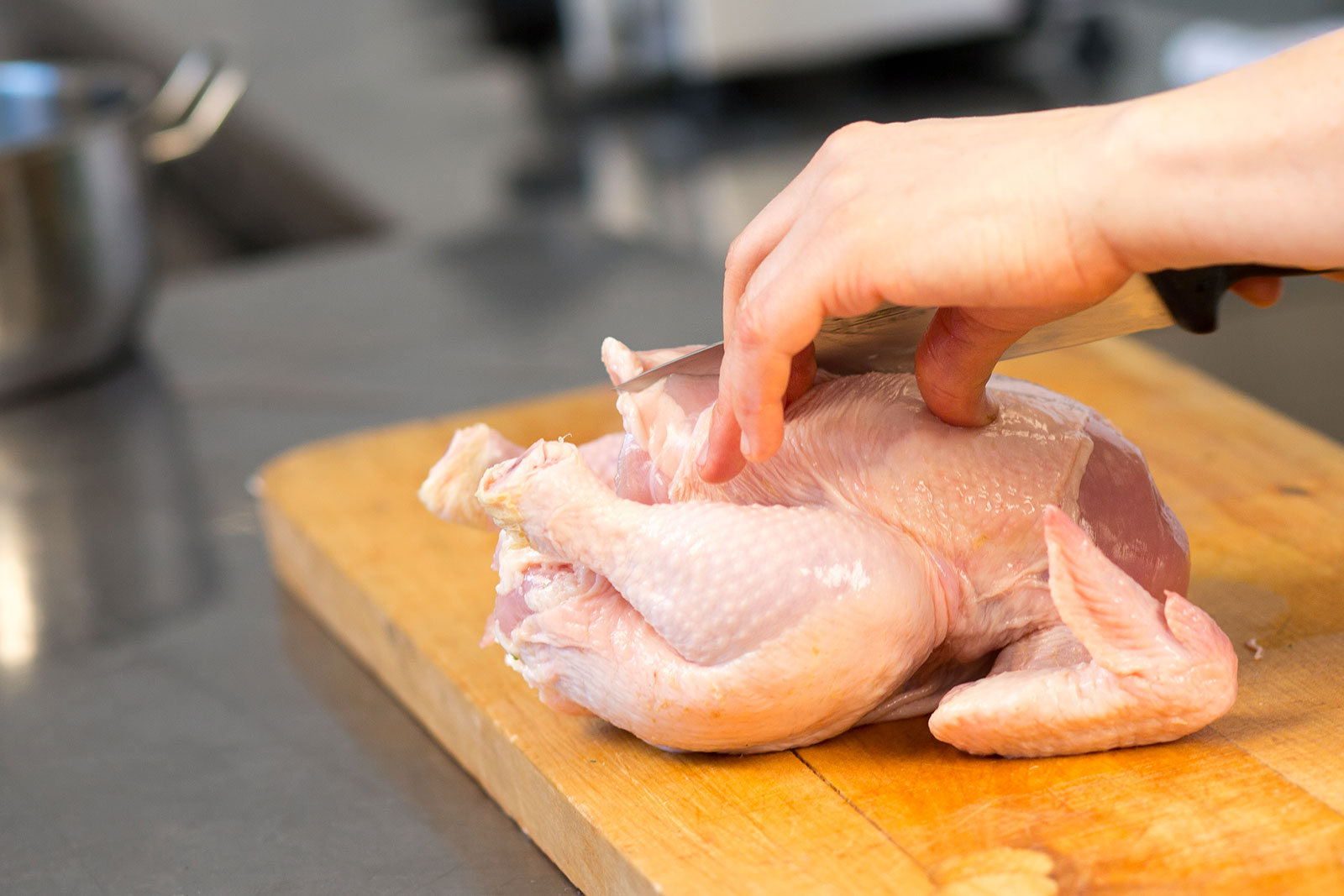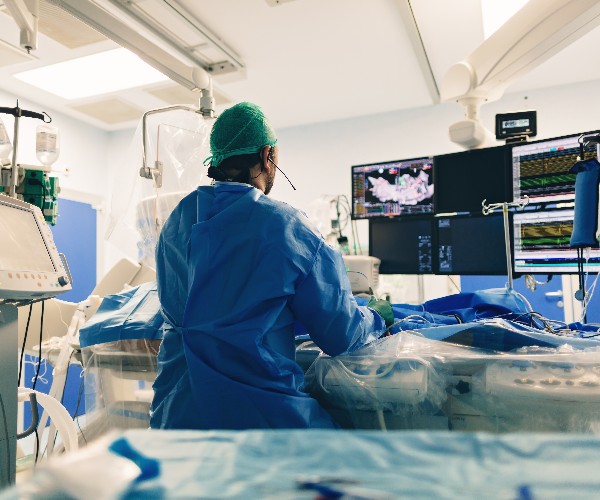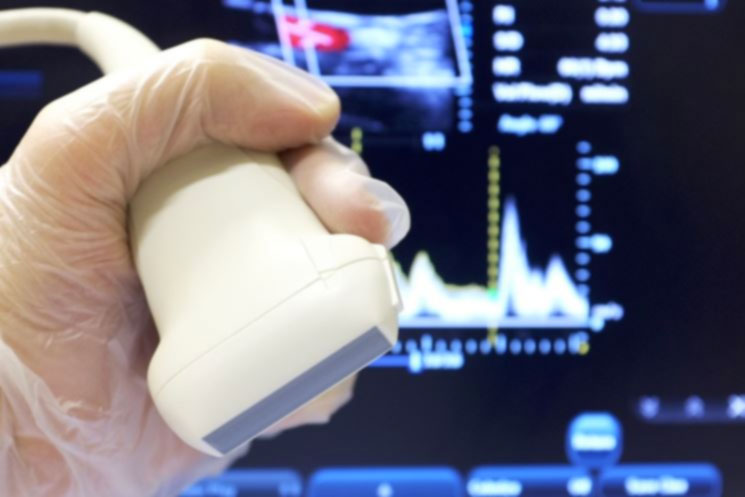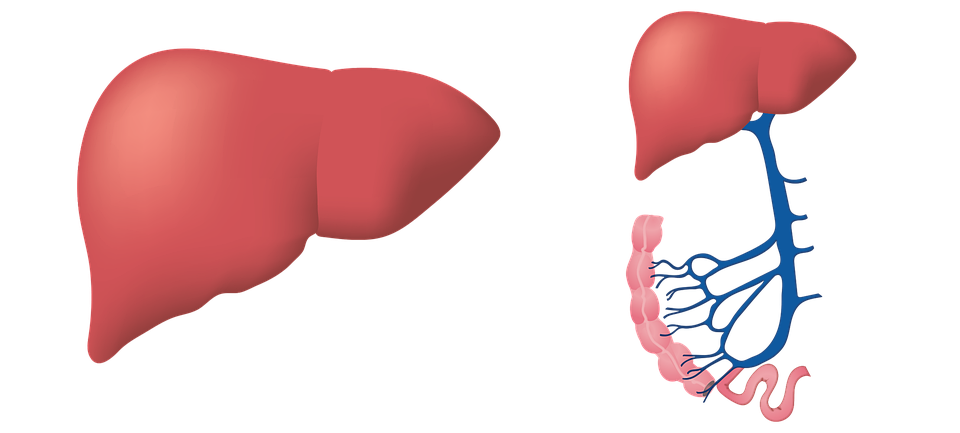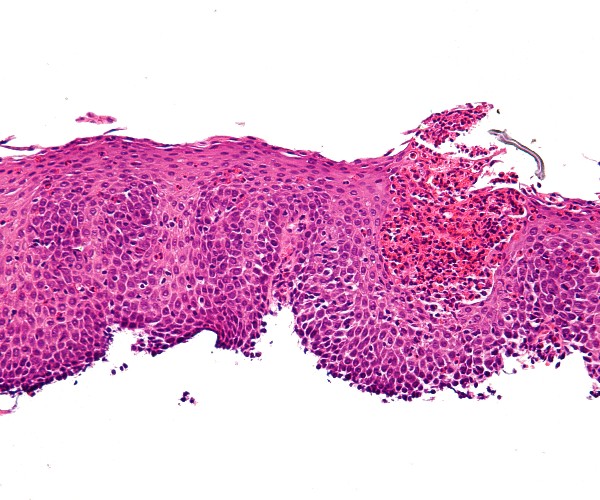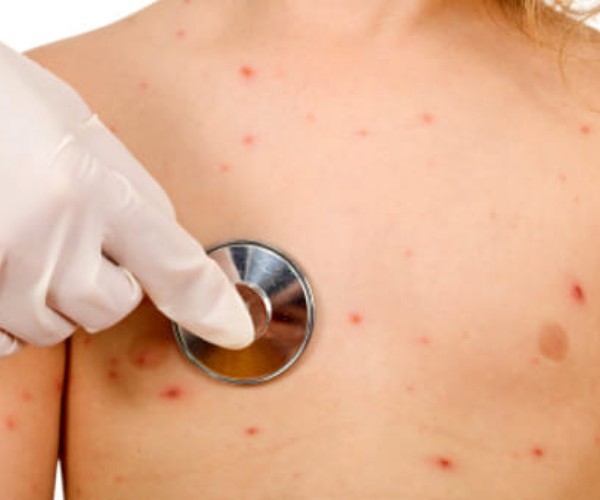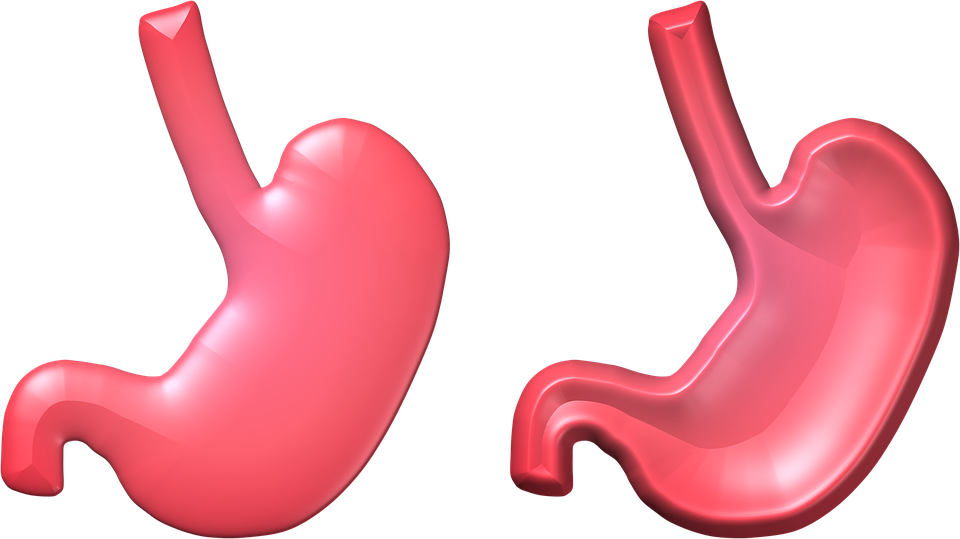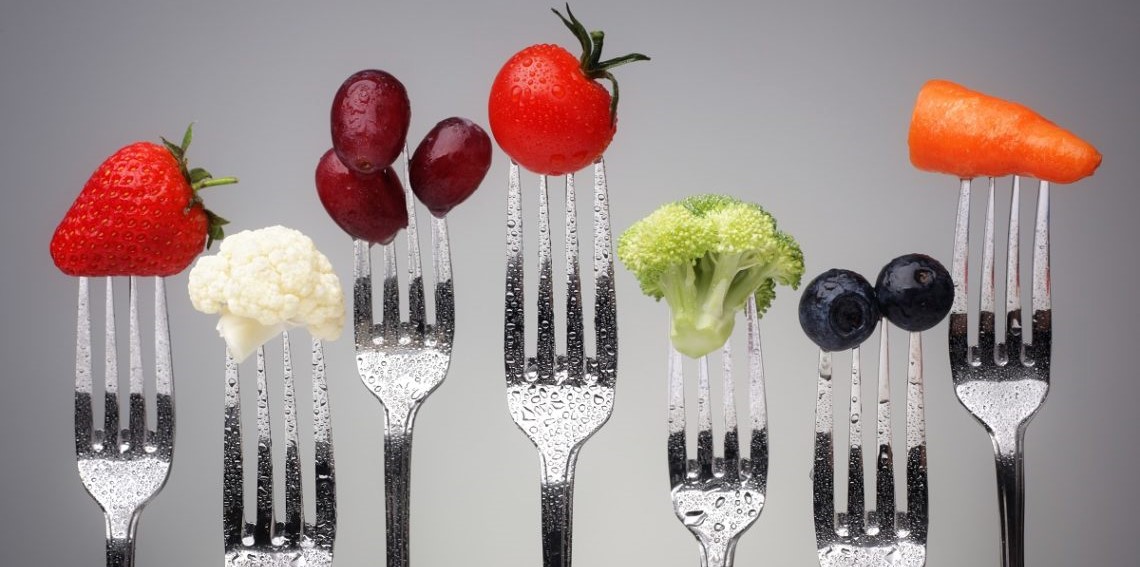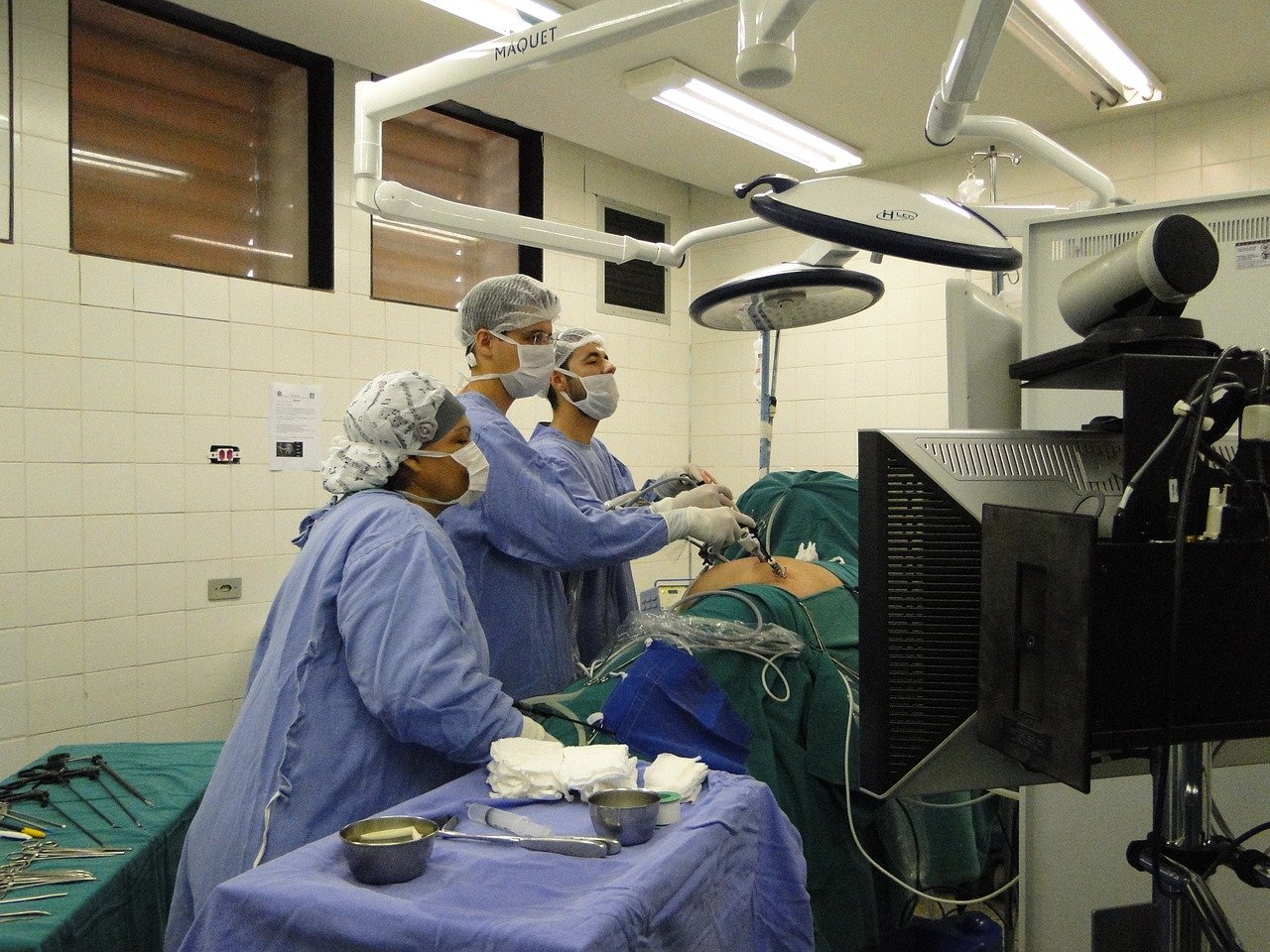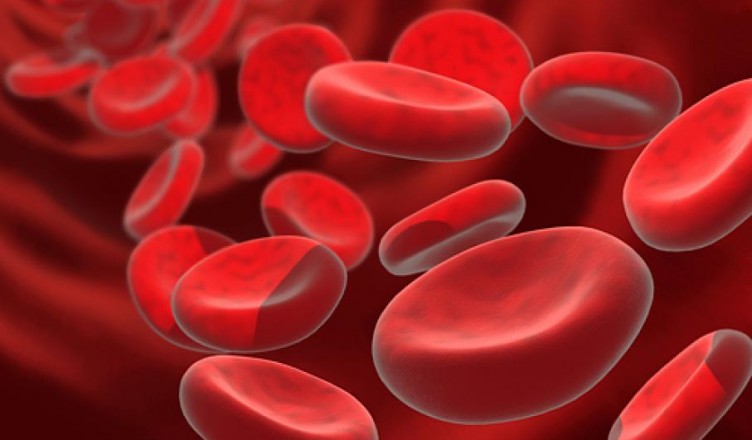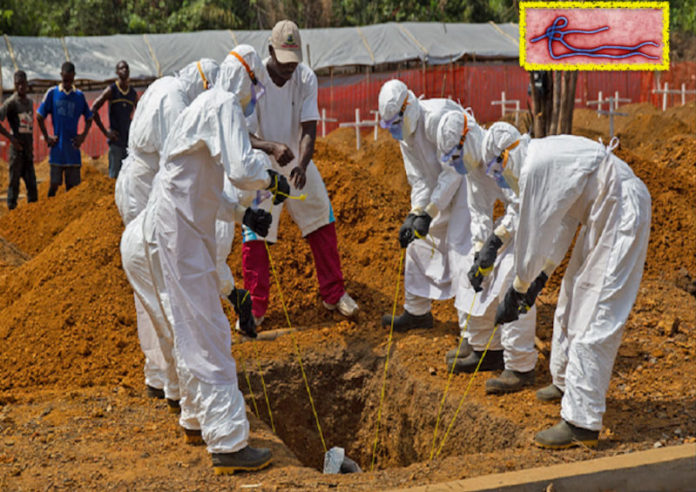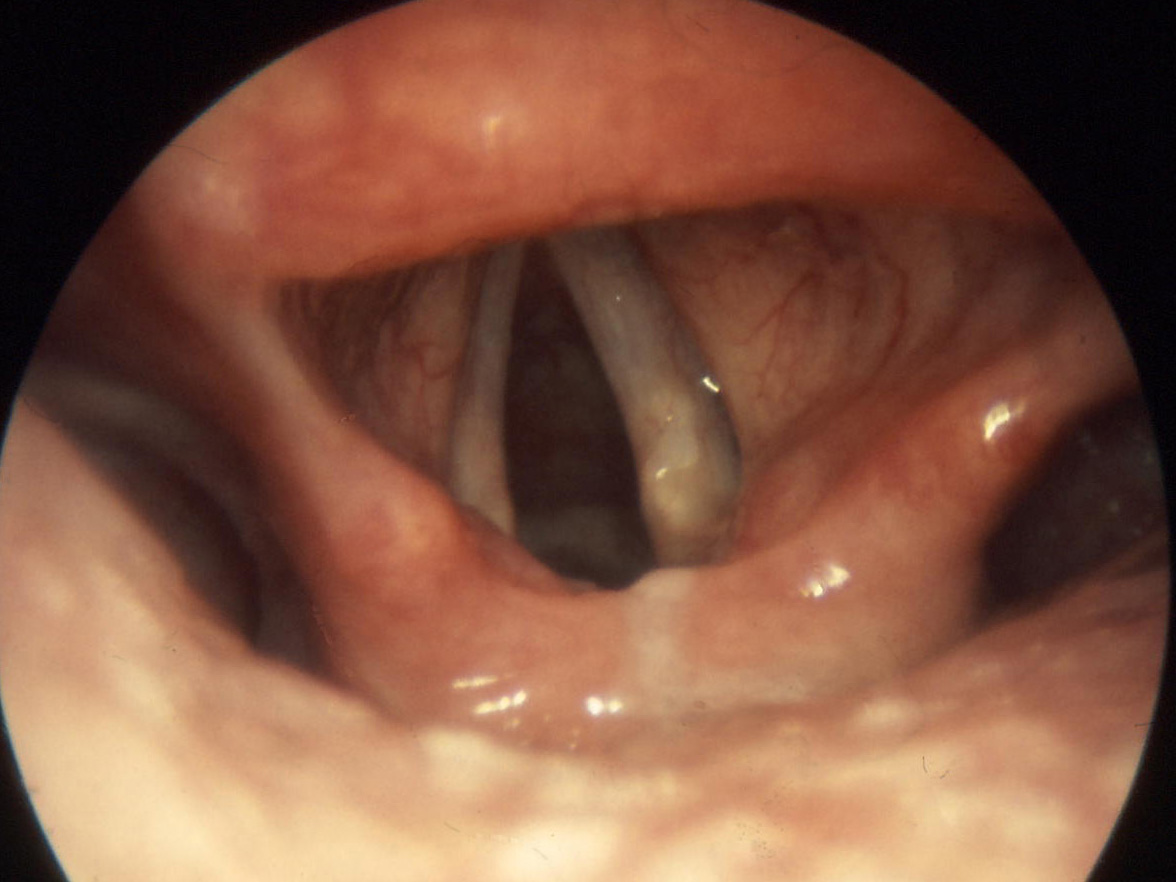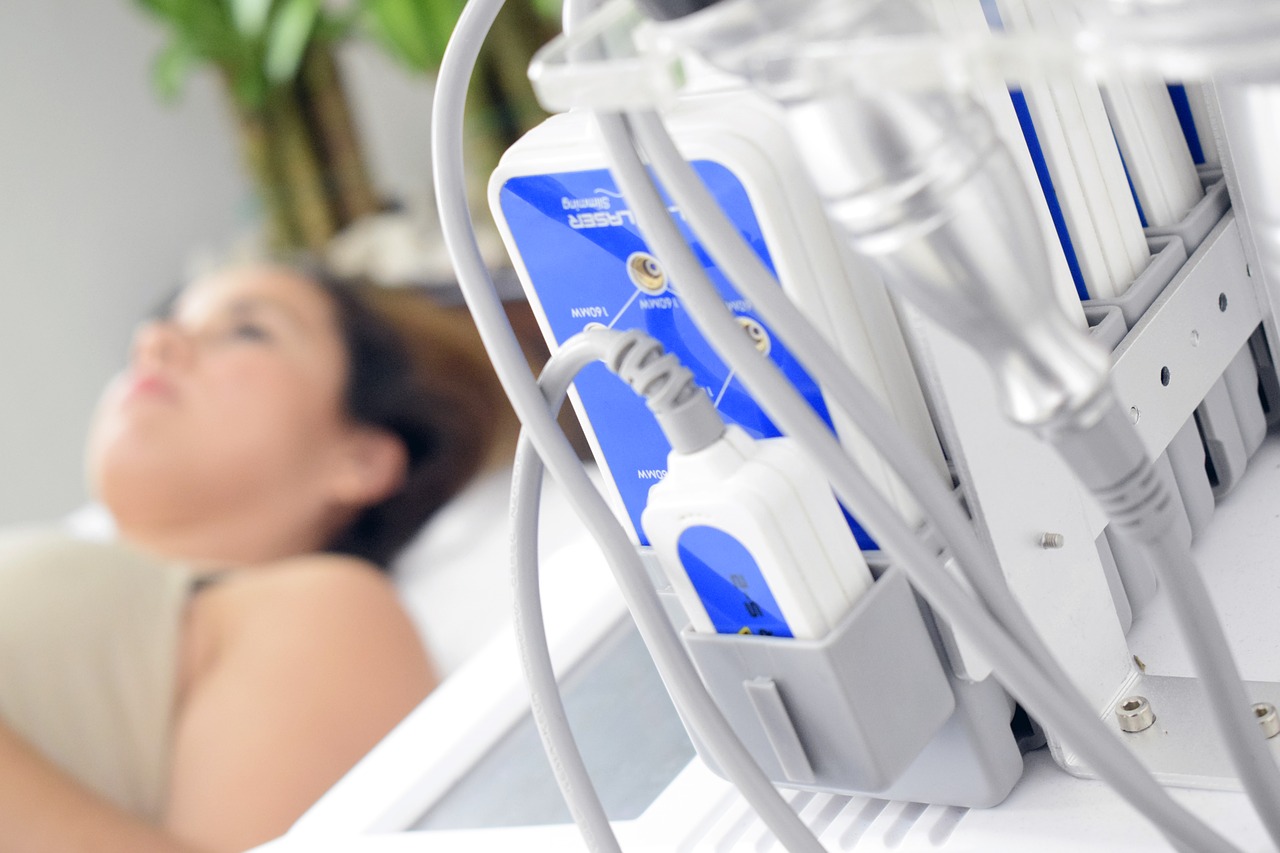One is usually led to think that bacteria, viruses, and parasites are microorganisms found mostly in home bathrooms or on shoes or on brooms and rags used for cleaning, whereas they are just as present in kitchens, sink bowls, raw foods, cutting boards, and inside the refrigerator.
In general, many microorganisms are not found to be harmful to health, but others are found to be very harmful and sometimes dangerous, such as:
- Hepatitis A or Covid 19 among the viruses;
- salmonella or campylobacter among the bacteria;
- Toenia Solium or Toxoplasma among the parasites;
- botulinum among the toxins;
If one decides to pay proper attention and do what is necessary to keep the kitchen environment free of unwanted microorganisms that are hazardous to the family’s health, it should be kept in mind that careful prevention includes rules that must be followed scrupulously.
The regulations begin at grocery shopping and continue with the steps involved in food preparation:
- Procurement (microorganisms on packages and packaging): fruits and vegetables are displayed on stalls at outdoor markets, or fruit or supermarket stores, where they are touched by more people and where they can receive contamination through salivary particles (coughing, sneezing, etc.).
Fresh produce such as fish, meat, poultry are packaged after purchase or are already packed under clear film wrappers.As soon as the groceries arrive at home they should be placed in the pantry or refrigerator depending on the type of food.
All packaging should be removed from produce as it is a vehicle for germs, fruits and vegetables, should be stored in the appropriate container drawers in the refrigerator, and should be washed before consumption.
Particular attention should be paid to wrapping papers and foils from fish, meat and poultry packaging, which should be removed immediately and placed in the “undifferentiated” waste container, as the packaging contains the most germs that could become permanent guests in the kitchen, managing to contaminate the food being prepared but also knives, dishes and cloths used for drying.
Use clingfilm or other clean packaging (practice food bags, tin foil , etc.) to wrap raw foods , storing them in the refrigerator so that they do not come in contact with other foods and are stored at the recommended cooling temperature. - Food preparation in the kitchen (food microorganisms): the stage of food preparation is the one that most exposes food to contamination. Foods that require special attention are raw foods such as fish, meat, poultry, eggshells as they are more easily targeted by bacteria, viruses and parasites, attracted by blood, entrails or body fluids.
Transmission of infections such as salmonellosis, hepatitis A or parasitic ones very frequently can start from raw foods themselves and the faculty with which contamination can take place. - Fish best to have it cleaned at the time of purchase, both because fishmongers, being experts, are better able to eviscerate the catch, but also to avoid doing the operation at home.
If the fish market does not provide this service, then the cleaning of the fish should be done at home, using a bowl placed in the sink in which to eviscerate the fish so that the entire sink is not used, rinsing the cleaned fish from the entrails under a jet of water with moderate pressure to prevent the mixed splashes of water and fish parts from being spread around the kitchen and ending up contaminating other food or even plates and knives.
This procedure should also be carried out when cleaning chicken and meats , as bacteria such as salmonella and campylobacter, regular hosts of these foods, could be washed off the water onto other foods.
The entrails should first be collected in a suitable bag and then placed in the wet waste, while the cleaned fish should be immediately set aside and covered while waiting to place it in the refrigerator to be cooked - After completing the operation, a few more minutes should be spent cleaning up the used basin and sink with disinfectant detergent and running water, and a few minutes washing hands thoroughly before moving on to other food items.
With clean hands, one can continue to cover already cleaned foods with foil and continue with the other processing steps in the kitchen.
When cleaning vegetables, remove, if present, the parts of soil still attached to leaves and roots and wash thoroughly by soaking in a basin, rinse vegetables with water under moderate pressure to prevent soil residues and attached germs or pests from spreading to kitchen utensils or the surface of other foods. Once washed let the vegetables dry and, once covered with foil, store in the refrigerator.
Eggs can also be a vehicle for microorganisms that can contaminate other foods , especially when shelled. Egg shells harbor many germs on their surface so they should be put away immediately in the wet waste before they can contaminate the hands of kitchen workers or invade other foods. Yolk and albumen of eggs, once shelled should be cooked in a short time, or placed in a closed container in the refrigerator at a temperature below 10 degrees and then cooked as soon as possible to avoid perishability.
It is advisable to never eat raw eggs, which are particularly risky for salmonella, but consume them cooked, according to various recipes, but made safe as to infectious agents.
A rule to follow carefully also concerns the steps to be taken to store freshly cooked foods or to thaw those stored in the freezer.
Once you have finished cooking a food, let it cool as long as necessary and place it in the refrigerator immediately afterward, avoiding leaving it for many hours outside at the mercy of microorganisms.
To cook a food stored on ice, take it out of the freezer well in advance and store it to thaw inside the refrigerator compartment, avoiding leaving it in the kitchen where it would become easy prey for infectious agents. - Maintain hygiene in the kitchen (microorganisms on dishes, utensils): after cleaning and storing various foods, giving priority to raw foods, it is necessary not to neglect to thoroughly clean kitchen utensils such as bowls, cutting boards, flat knives and other dishes with detergent and disinfectant products before moving on to the preparation of other foodstuffs.
Cleaning stovetops, degreasing stoves, and washing dishes and utensils will almost completely lower the risk of germ contagion from one food to another in the kitchen environment, while proper cooking of food will completely eradicate any other microorganisms.
Careful cleaning should also be extended to the refrigerator and dishwasher, emptying one compartment at a time to clean it with water and white vinegar or diluted bleach, so as to prevent food parts and liquids from food from attracting bacteria, viruses or parasites.
A well-cleaned kitchen, assiduous maintenance, and daily observation of preventive rules will greatly reduce the possibility of cross-contamination both between objects and between foods, keeping intoxication and infection at bay.



